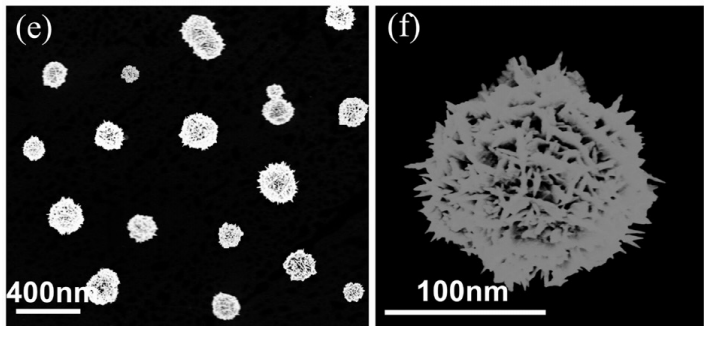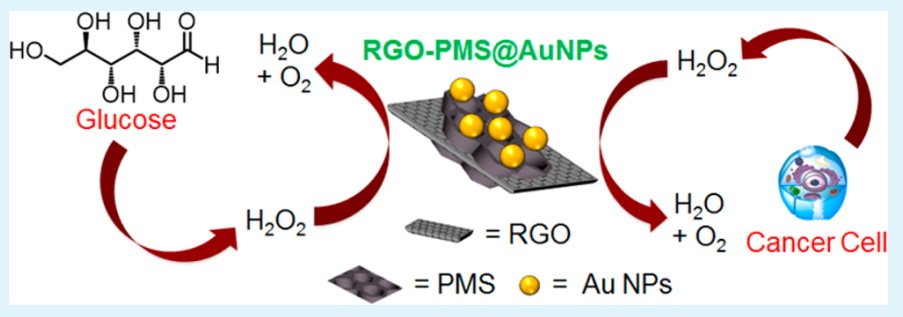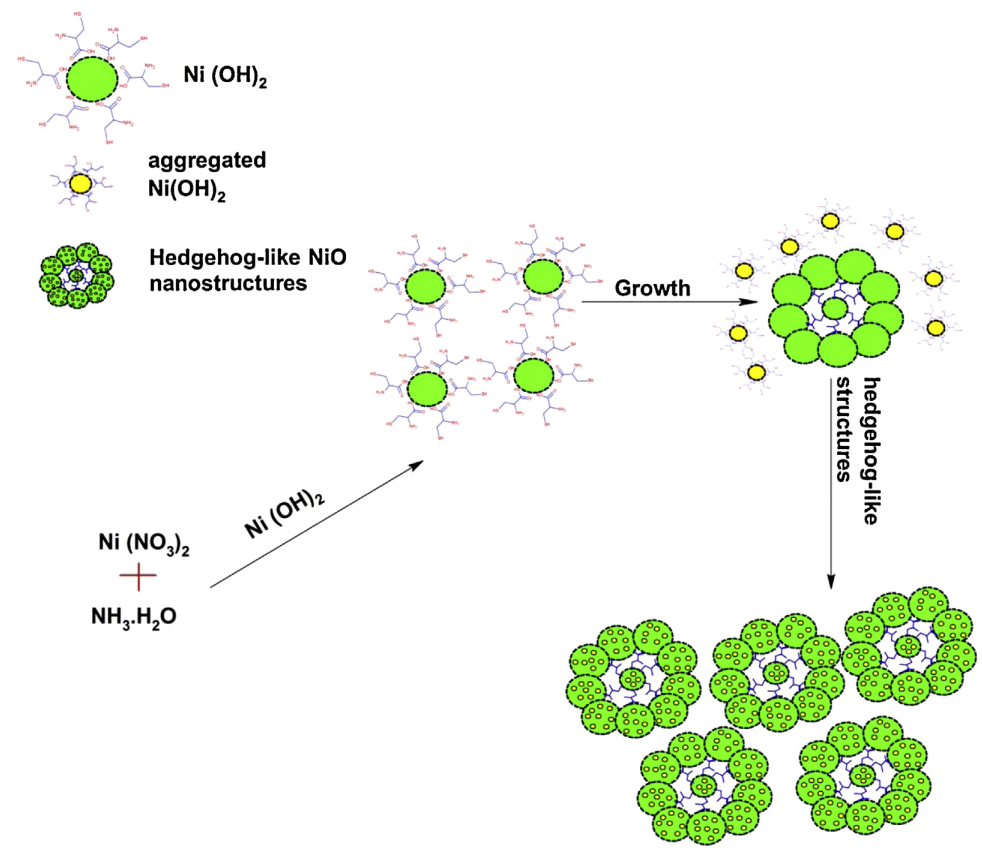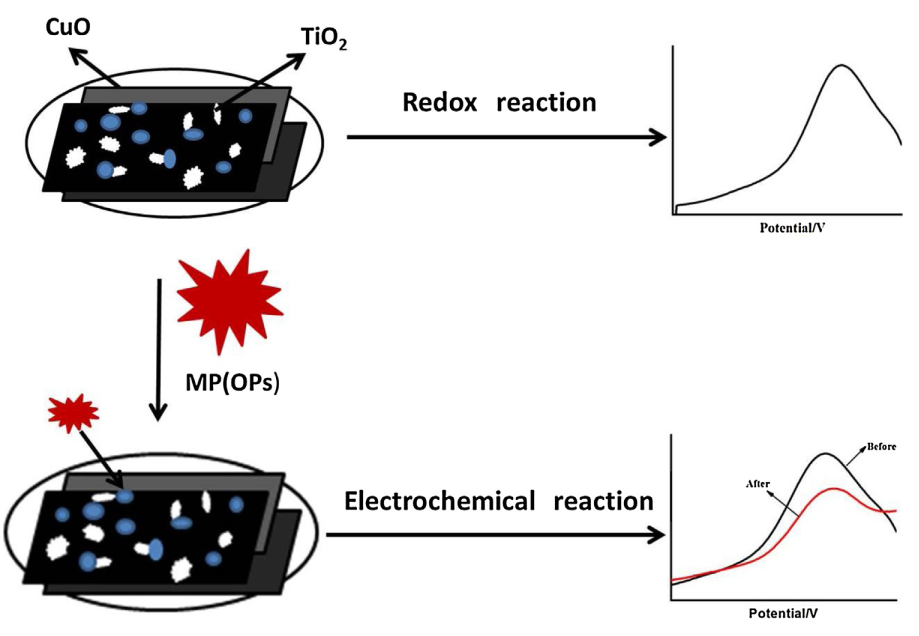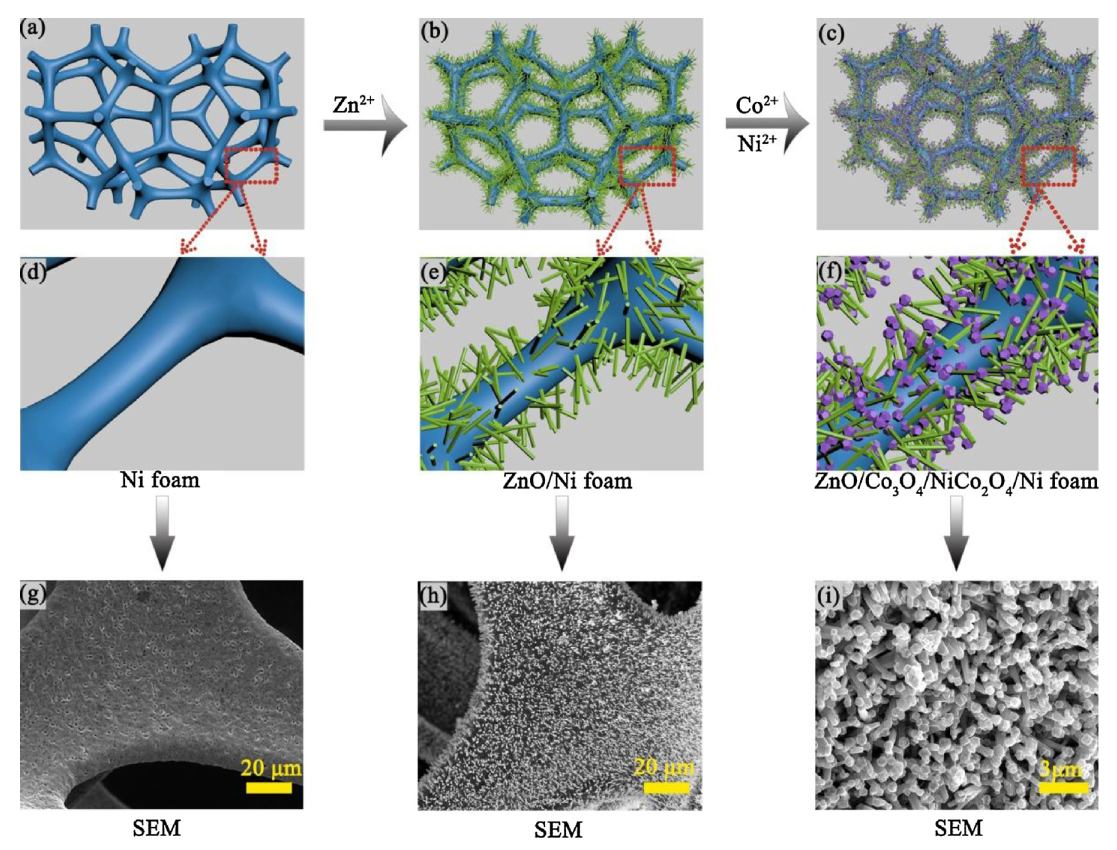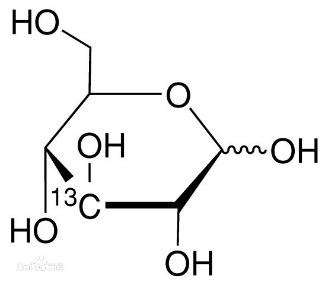纳米材料无酶催化研究毕业论文
2020-07-15 21:17:47
摘 要
近年来,纳米复合材料常被用来构建电化学无酶催化传感器,以此来代替有酶修饰电极,并广泛应用于生物技术、临床诊断、食品工业等生活中的方方面面。相较于酶传感器,无酶催化传感器具有更好的化学稳定性、低廉的价格且易于操作的优点,因此成为有酶传感器非常理想的替代品。纳米复合材料,因其能综合多种材料的优点,规避单一材料的局限性,常被用来构建电化学传感器。本文旨在合成出多孔花状的NiO-SnO2纳米粒子和芦丁铜(R-Cu)配合物修饰的铜纳米球(Cu NS),并构建相应的无酶传感器,分别应用于两种重要的生命特征物质——葡萄糖和超氧阴离子的检测。具体工作内容包括以下两个部分:
(1)采用水热法制备出花状NiO-SnO2复合材料(NSNF),并将其运用于葡萄糖的无酶检测体系。该复合材料的形貌和结构通过扫描电镜(SEM)、透射电镜(TEM)和X射线衍射仪器(XRD)来表征。将该材料固定在ITO电极的表面,发现NiO-SnO2修饰电极对葡萄糖具有催化性能。本文还研究了NaOH浓度对葡萄糖氧化性能的影响。在最优底液浓度的条件下,我们发现葡萄糖的氧化峰电流与其浓度在0.01-26 mM范围内呈线性关系,最低检测限为1 μM。优异的传感性能可归功于NSNF独特的多孔结构,它增强了葡萄糖电化学传感过程中的电子传递。该葡萄糖传感器具有良好的选择性,能够有效抵御抗坏血酸(AA), 尿酸(UA),柠檬酸(CA),过氧化氢(H2O2),甚至是其他碳水化合物如果糖 ,蔗糖和麦芽糖对葡萄糖检测的干扰。此外,我们还采用该传感器在人血清中对葡萄糖浓度进行了回收率实验,结果满意。
(2)类黄酮金属配合物由于其优异的抗氧化性和药理作用, 引起研究人员极大的关注。配合物中的金属离子在参与氧化还原反应的过程中可过切换不同的氧化态,该性质可被应用于电化学传感中。本项工作通过将芦丁铜(R-Cu)配合物修饰到铜纳米球(Cu NS)表面来构建电化学无酶O2•-传感器。该传感器在1.0-105.0 nM 范围内与响应电流呈良好的线性关系,检测限为0.05 nM。此外该传感器灵敏度高、抗干扰能力强、稳定性好,在实际样品检测中结果令人满意。
关键词:无酶催化 花状NiO-SnO2复合材料 葡萄糖 芦丁铜 超氧阴离子
Research on Nanomaterials Non-enzymatic Catalysis
ABSTRACT
In recent years, nanocomposite materials are often used to construct electrochemical enzyme-free catalytic sensors to replace enzyme-modified electrodes, and are widely used in various aspects of life, such as biotechnology, clinical diagnosis, and food industry. Compared to the enzymatic sensor, the enzyme-free catalytic sensor is an ideal substitute due to its advantages of better chemical stability, lower price, and easier operation. In addition, nanocomposite materials are often used as electrochemical sensors because they can combine the advantages of various materials and avoid the limitations of a single material. In this work, we aim to synthesize porous flower-like NiO-SnO2 nanoparticles and rutin copper (R-Cu) complex-modified copper nanospheres (Cu NS) and construct corresponding non-enzymatic sensors, which are applied in the detection of two important substances in human life - glucose and superoxide anion, respectively. The specific work includes the following two parts:
(1)Flower-like NiO-SnO2 nanocomposite (NSNF) with electrochemical activity was synthesized by a solvothermal method. The morphology and composition of the NSNF have been characterized by transmission electron microscopy (TEM), scanning electron microscopy (SEM) and X-ray diffraction (XRD). The synthesized NSNF was immobilized onto the surface of indium tin oxide (ITO) electrode and exhibited highly non-enzymatic catalysis towards the oxidation of glucose. The effect of NaOH concentration on the oxidation performance of glucose was investigated. Under the optimum conditions, the catalytic current showed a linear relationship with the increase of glucose concentration in the range of 0.01-26 mM, with a detection limit of 1 μM. The excellent sensing performance can be attributed to the unique porous architectures of NSNF, which enhanced the electron transfer during the electrochemical sensing of glucose. The glucose sensor also had a high selectivity for glucose detection, which could effectively resist the interference from ascorbic acid (AA), uric acid (UA), citric acid (CA), hydrogen peroxide (H2O2) and even other carbohydrates, such as fructose, sucrose and maltose. Finally, the glucose sensor was also used for the glucose detection in the real human serum samples and the results were satisfactory.
(2)Due to the excellent antioxidant and pharmacological effects, flavonoid metal complexes have attracted great attention from researchers. The metal ions in the complexes can be switched to different oxidation states during the redox reaction. This property can be applied to electrochemical sensing. In this work, an electrochemical enzyme-free O2•- sensor was constructed by modifying rutin-copper (R-Cu) complexes onto the surface of Cu nanospheres (Cu NS). The sensor had a good linear relationship with the response current in the range of 1.0-105.0 nM with a detection limit of 0.05 nM. In addition, the sensor had high sensitivity, strong anti-interference ability and good stability, and the result was also satisfactory in the actual sample detection.
Keywords: non-enzymatic catalysis; NSNF; glucose; rutin-copper; superoxide anion
目录
摘要 Ⅰ
ABSTRACT Ⅱ
第一章 文献综述 1
1.1电化学传感器 1
1.1.1 电化学传感器的工作原理 1
1.1.2 电化学传感器的分类 1
1.2 纳米材料在无酶传感器中的应用 2
1.2.1 贵金属在无酶传感器中的应用 2
1.2.2 金属氧化物在无酶传感器中的应用 4
1.3电化学传感器在葡萄糖检测中的应用 6
1.3.1 葡萄糖的简述 6
1.3.2葡萄糖的代谢功能 7
1.3.3葡萄糖的检测方法 7
1.4电化学传感器在ROS检测中的应用 8
1.4.1 ROS的性质及其产生过程 9
1.4.2 ROS的危害 错误!未定义书签。
1.4.3 ROS的去除 错误!未定义书签。
1.4.4 ROS的检测方法 错误!未定义书签。
1.5论文的研究手段和意义 错误!未定义书签。
第二章 花状NiO-SnO2复合材料的葡萄糖无酶催化体系的研究 错误!未定义书签。
2.1引言 错误!未定义书签。
2.2实验部分 错误!未定义书签。
2.2.1实验试剂与仪器 错误!未定义书签。
2.2.2 NSNF的合成 错误!未定义书签。
2.3 结果与讨论 错误!未定义书签。
2.3.1 结构与形貌 错误!未定义书签。
2.3.2 NSNF的生长机理 错误!未定义书签。
2.3.3 不同修饰电极的比较 18
2.3.4 NaOH浓度的影响 19
2.3.5 电流分析 20
2.3.6 NSNF/ITO的选择性 22
2.3.7 NSNF/ITO的重复性和稳定性 23
2.3.8 实际血清样品中葡萄糖含量的分析 23
2.3.9 结论 24
第三章 芦丁-铜配合物的超氧阴离子无酶催化体系的研究 25
3.1引言 25
3.2 实验部分 26
3.2.1 实验试剂与仪器 26
3.2.2 R-Cu的合成 27
3.2.3 Cu NS的合成 27
3.3 结果与讨论 27
3.3.1 R-Cu的表征 27
3.3.2 Cu NS的表征 28
3.3.3 R-Cu/Cu NS/GCE的电化学表征 29
3.3.4 不同修饰电极对O2•-电化学催化活性的比较 31
3.3.5 实验条件的优化 32
3.3.6 R-Cu/Cu NS/GCE对O2•-的检测 33
3.3.7 无酶O2•-传感器的干扰性实验 35
3.3.8 传感器的重现性、稳定性 35
3.3.9 实际样品检测 36
3.4 结论 36
第四章 总结与展望 37
参考文献 38
本科期间以取得成果 45
致谢 46
第一章 文献综述
1.1电化学传感器
1.1.1 电化学传感器的工作原理
电化学传感器是基于待测物的电化学性质并将待测物化学量转变成电学量进行传感监测的一种传感器。其主要由两部分组成:识别系统和转换系统。识别系统将待测物的某一化学参数与传导系统连接起来,在一定电流或电压条件下,将从识别系统中所得到的信息通过转换系统转换为电流、电压或电量,并将信号输出,其工作原理如图 1 所示。电极表面修饰的材料对于电化学传感器的性能来说至关重要。相较于传统分析方法, 如光谱法、 质谱法等,电化学传感器应用范围广、速度快、操作简单方便,且成本低,可以和其他技术联用,所以电化学传感器已经成为了研究的热点。常见的检测物如氨基酸类、 葡萄糖、双氧水、抗原抗体、微生物、细胞等已有多篇文献报道[1-4]。
相关图片展示:
